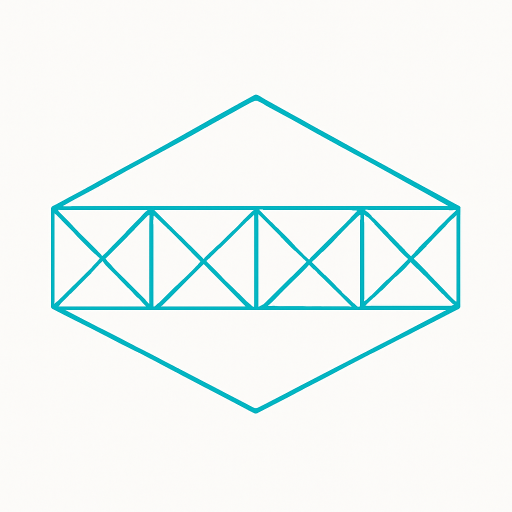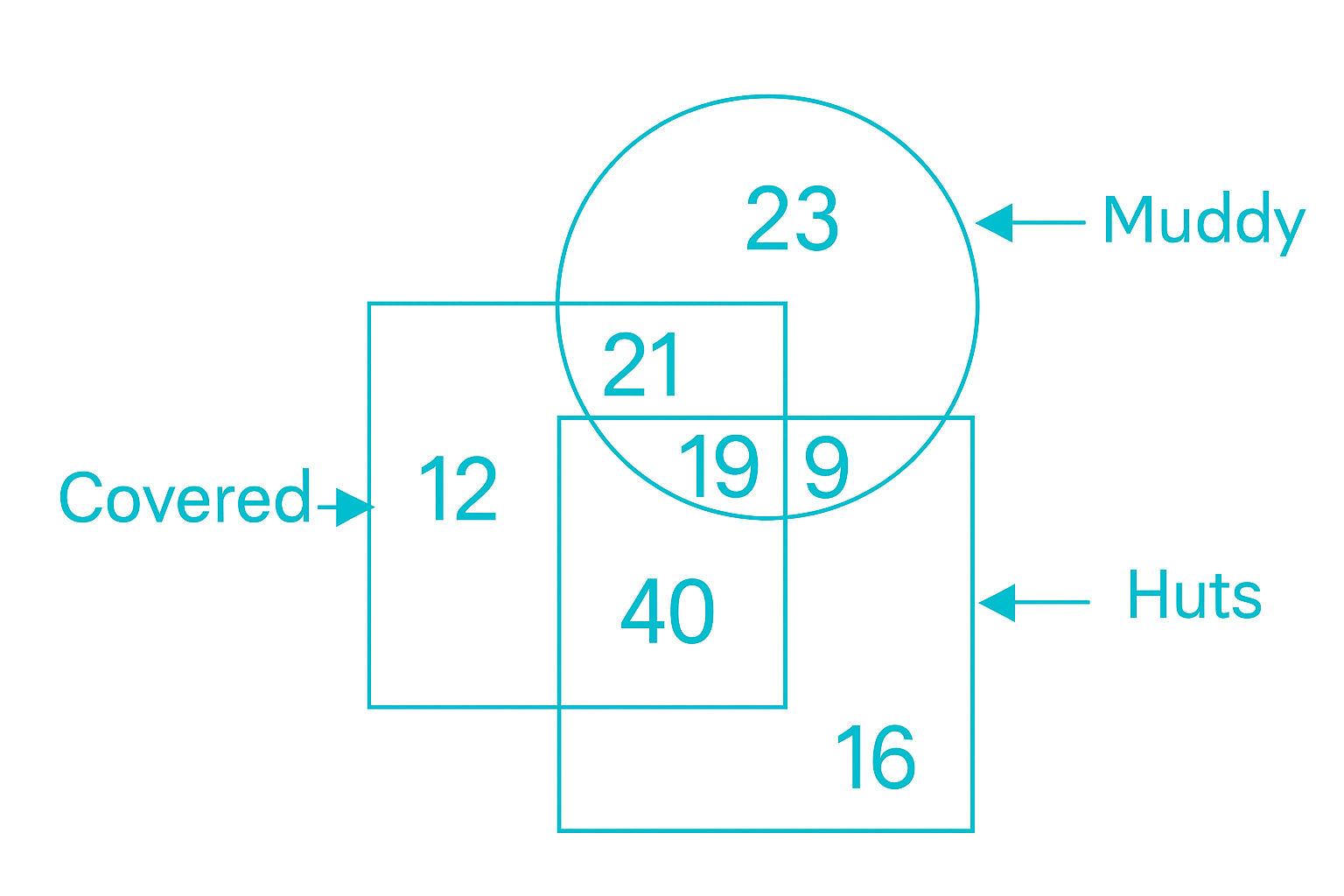
Correct Answer: 21
Explanation:
Question: Find the number of triangles in the given figure.
Step 1: Analyze the structure
The figure shown is a combination of a large triangle on top and a rectangular base, both of which are subdivided into smaller triangles using vertical, horizontal, and diagonal lines.
To find the total number of triangles, we need to count:
Step 2: Count systematically
Total triangles = 4 (top) + 4 (middle) + 8 (bottom) + 5 (combined) = 21
Final Answer: 21 triangles



Discussion & Comments